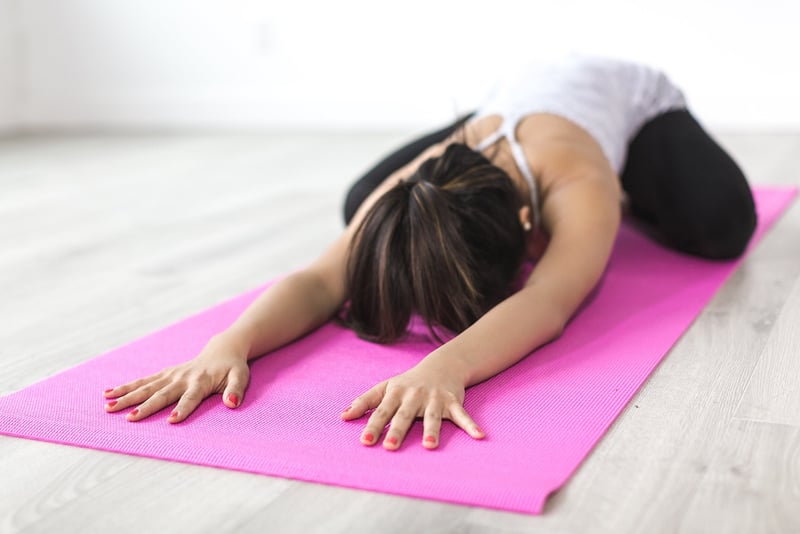Flexibility Routines
The Importance of Flexible Body Movements and Flexibility Routines
Flexibility is a crucial component of overall fitness and well-being. It refers to the ability of your joints and muscles to move through their full range of motion. Incorporating flexible body movements and flexibility routines into your fitness regimen can bring about a host of benefits, including improved posture, reduced risk of injury, enhanced athletic performance, and increased range of motion.
Benefits of Flexible Body Movements:
- Enhanced joint health
- Improved muscle coordination
- Reduced muscle tension
- Increased blood flow to muscles
- Enhanced athletic performance
Flexibility Routines:
Here are some flexibility routines that you can incorporate into your daily fitness practice:
- Dynamic Stretching: Perform controlled movements that gently take your muscles and joints through a full range of motion. Examples include leg swings, arm circles, and torso twists.
- Static Stretching: Hold a stretch position for 15-30 seconds, focusing on major muscle groups such as hamstrings, quadriceps, calves, and shoulders. Remember not to bounce during a stretch to prevent injury.
- Yoga: Engage in yoga sessions that emphasize flexibility, balance, and strength. Poses like Downward Dog, Warrior, and Child's Pose can help improve flexibility over time.
- Pilates: Pilates focuses on core strength, posture, and flexibility. Incorporating Pilates exercises into your routine can help develop long, lean muscles and improve overall flexibility.
Remember to start slowly and gradually increase the intensity and duration of your flexibility routines. Consistency is key to seeing improvements in your flexibility levels over time.
Image Source:
Image by StockSnap from Pixabay

By prioritizing flexible body movements and incorporating flexibility routines into your fitness routine, you can enhance your overall physical health and quality of life.
Stay flexible, stay healthy!
